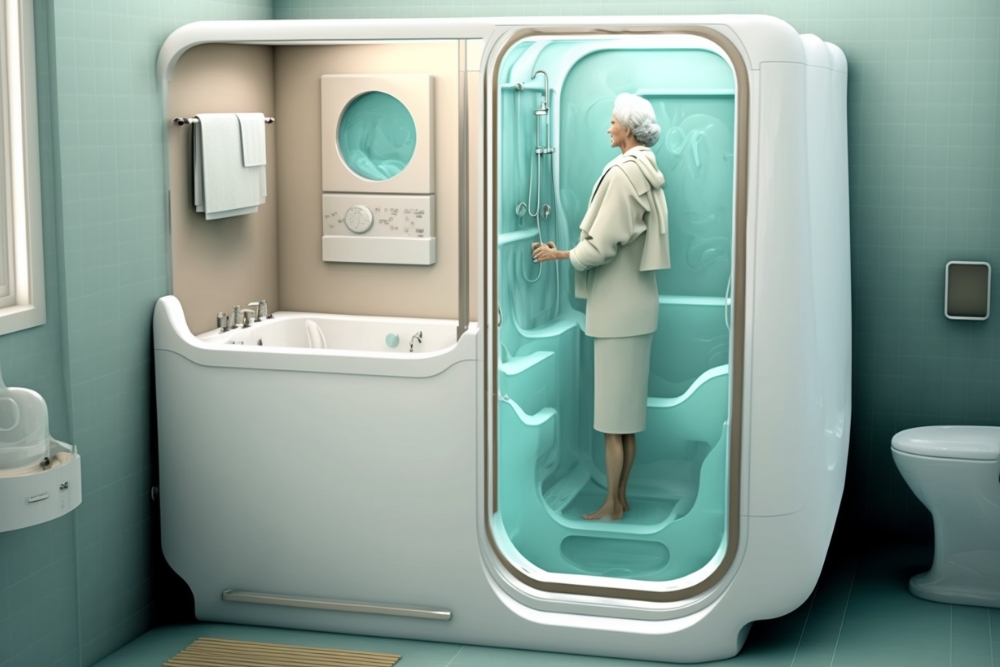Enhancing Quality of Life: Exploring Senior Living Options
As we age, our living requirements often change, necessitating a shift in our living arrangements to accommodate new needs and preferences. Senior living options have evolved significantly over the years, offering a wide range of choices for elderly individuals seeking comfortable, safe, and engaging environments. This article delves into the world of senior living, exploring various options and highlighting key factors to consider when making this important life transition.

-
Assisted Living Facilities: These provide support with daily activities such as bathing, dressing, and medication management while promoting independence.
-
Memory Care Units: Specialized facilities designed for individuals with Alzheimer’s disease or other forms of dementia, offering 24-hour supervised care.
-
Continuing Care Retirement Communities (CCRCs): These offer a continuum of care, allowing residents to transition between independent living, assisted living, and skilled nursing care as their needs change.
-
Skilled Nursing Facilities: These provide round-the-clock medical care for individuals with complex health needs or those recovering from illness or injury.
Each type of senior living option offers unique features and levels of care, allowing older adults to choose the environment that best suits their current and future needs.
How can seniors ensure accessibility in their living spaces?
Accessibility is a crucial factor in senior living, as it directly impacts independence, safety, and quality of life. When considering senior living options, look for the following accessibility features:
-
Single-level living or elevators for multi-story buildings
-
Wide doorways and hallways to accommodate mobility aids
-
Grab bars in bathrooms and other strategic locations
-
Non-slip flooring throughout the living space
-
Lever-style door handles and faucets for easy operation
-
Adequate lighting, including motion-sensor lights in key areas
-
Lowered countertops and cabinets in kitchens
-
Walk-in showers with built-in seating
-
Emergency call systems or personal alert devices
Many senior living communities are designed with these accessibility features in mind, ensuring that residents can navigate their living spaces safely and comfortably.
What amenities should seniors look for in retirement communities?
When exploring retirement communities, seniors should consider amenities that promote an active, engaging, and fulfilling lifestyle. Some key amenities to look for include:
-
Fitness centers and exercise classes tailored for older adults
-
Swimming pools and walking trails for low-impact exercise
-
On-site dining options with nutritious meal choices
-
Social spaces for gatherings and community events
-
Libraries and computer rooms for lifelong learning
-
Transportation services for shopping, medical appointments, and outings
-
Beauty salons and barbershops
-
Gardening areas or community gardens
-
Arts and crafts studios
-
Movie theaters or entertainment rooms
Additionally, many retirement communities offer a range of organized activities and clubs to foster social connections and personal growth among residents.
How important is the location when choosing a senior home?
Location plays a significant role in the selection of a senior home. Consider the following factors when evaluating potential locations:
-
Proximity to family and friends: Maintaining close relationships is vital for emotional well-being.
-
Access to healthcare facilities: Ensure quality medical care is readily available.
-
Climate: Choose a location with a climate that suits personal preferences and health needs.
-
Community atmosphere: Look for a neighborhood that aligns with lifestyle preferences and interests.
-
Nearby amenities: Consider access to shopping, restaurants, parks, and cultural attractions.
-
Safety: Research the area’s crime rates and overall security measures.
-
Transportation options: Evaluate public transportation availability and walkability.
The ideal location will vary for each individual, depending on personal priorities and lifestyle preferences.
What should seniors consider when looking for a two-bedroom senior living option?
Two-bedroom senior living options offer additional space and flexibility, making them an attractive choice for many older adults. When exploring two-bedroom units, consider the following:
-
Layout and floor plan: Ensure the space is well-designed for ease of movement and functionality.
-
Size of bedrooms: Check that both rooms can comfortably accommodate necessary furniture and mobility aids.
-
Storage space: Look for ample closet and storage areas to keep the living space organized.
-
Natural light: Opt for units with plenty of windows to create a bright, cheerful atmosphere.
-
Outdoor access: Consider units with balconies or patios for fresh air and outdoor enjoyment.
-
Soundproofing: Ensure adequate insulation between units for privacy and quiet.
-
Potential for multi-use: The second bedroom can serve as a guest room, office, or hobby space.
-
Future adaptability: Consider how the space might be modified to accommodate changing needs over time.
Two-bedroom units provide the opportunity for a more spacious and versatile living environment, allowing seniors to maintain their independence and quality of life.
Senior living options have come a long way in recent years, offering diverse choices to meet the varying needs and preferences of older adults. By carefully considering factors such as accessibility, amenities, location, and specific living requirements, seniors can find a comfortable and enriching environment that supports their desired lifestyle. Whether opting for an independent living community or a more supportive assisted living facility, the key is to choose a setting that promotes independence, safety, and overall well-being in the golden years.






